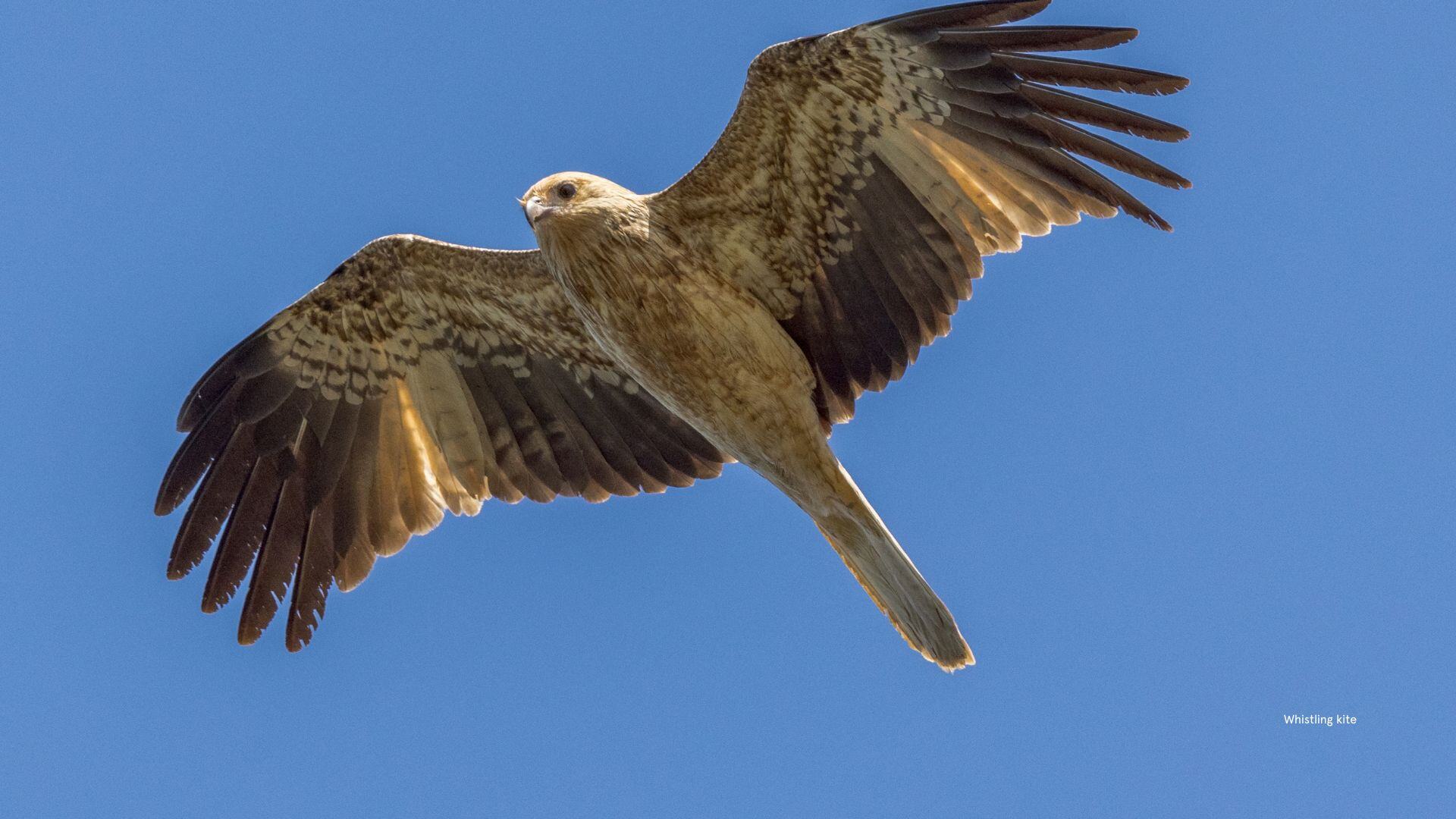Return and Earn for WIRES
May 2025
For emergency rescue support 24/7 please call 1300 094 737

The Whistling Kite pictured came into care from Brooms Head. Our member at Broom, Stephanie was called to collect the chick after it had fallen from the nest during strong winds overnight. Stephanie delivered the chick to a carer experienced in caring for Raptors.
It weighed in at 624g and was in good condition. It is now being fed lots of dead baby mice, several times each day. There has always been a family of Whistling Kites in the same Norfolk Island pine tree at Brooms Head.
They always use the same nest, year after year. They repair it, add to it and usually successfully raise two chicks each year. A Whistling Kite is a bird of prey, using their large talons to take live animals such as small mammals, reptiles, birds and fish. They are also scavengers, feeding on animals killed by traffic on the road.
The locals at Brooms Head all know the Kite’s loud whistling call and keep an eye on their nesting tree on the beach front, taking pleasure watching “their” Kites soaring above their nest tree. They all know when they are raising chicks, as the female stays on the nest and the male brings food to the female and the chicks. When the chick has grown large enough, able to fly and feed itself, it will be released back at Brooms Head.
Story and image with thanks to Sandra Byrne

Stay in touch and get our regular rescue stories, WIRES updates and a free copy of our 15 Ways to Help Wildlife ebook
May 2025
April 2025
March 2025
March 2025
March 2025
February 2025